Pigmented ink

Unlike dyes, pigments in pigmented inks cannot physically dissolve in the medium, but are merely dispersed (slurried, like sand in water).
Pigmented inks have the advantage of high color strength, high light fastness, high water resistance and chemical resistance (this is particularly important if ink is to be document-proof). One disadvantage, however, is that pigments settle relatively quickly (similar to fine sand in water), which is why the pigments in inks must be specially stabilized.1
The stabilization of pigments in inks is also where the major differences in quality between the various ink manufacturers lie. Pigmented ink contains about 1/3 pigments. This relatively high amount must remain suspended in the ink for a long period of time (several years) without being deposited at the bottom. In addition to the ink formulation, the production process is also responsible for this.
The most expensive part of producing pigmented ink is the pigments. Consequently, the pigments (raw materials) are also the area where savings are often made. Price differences of up to 20 euros per liter for pigmented inks are not due to different calculations of profit margins. Rather, these price differences are due to the quantity of pigments used per production unit. Naturally, this also results in different quality levels. If the structure of a low-priced (pigmented) ink is more reminiscent of a dye ink with a low pigment content, a high-quality pigmented ink is full of pigments and therefore as UV-resistant as required.
Note: Highlighter ink is often referred to as pigmented ink. There are small plastic particles dispersed in aqueous solution (similar to dispersion paint). However, these are not real pigments, but merely plastic particles that have been dyed with special dyes. This process then also enables the fluorescence.
1Source: wikipedia.org
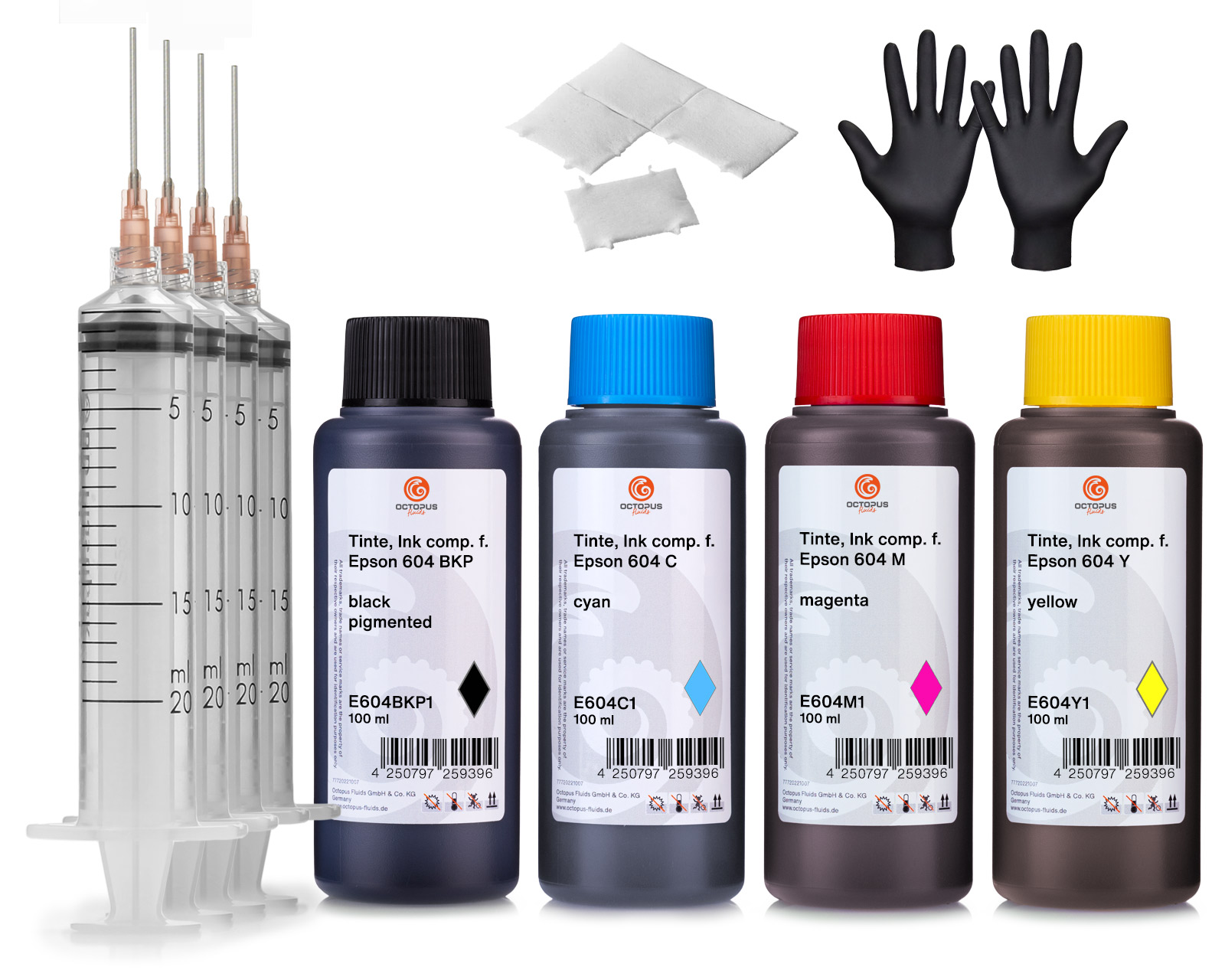 Octopus printer ink set compatible for Epson 604 ink cartridges, WorkForce 2950DWF 2930DWF
Octopus printer ink set compatible for Epson 604 ink cartridges, WorkForce 2950DWF 2930DWF
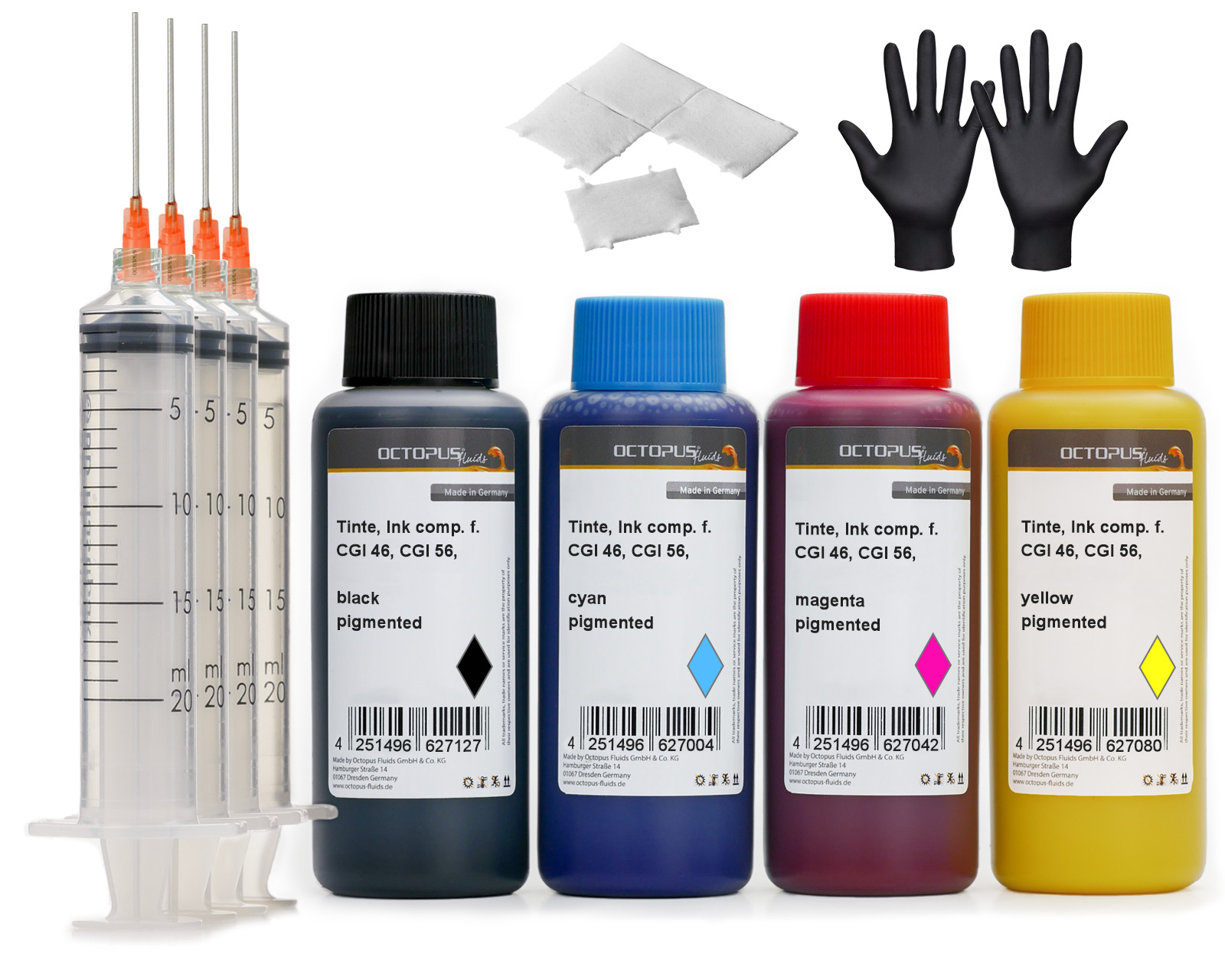 Printer Ink Set for Canon GI 46, GI 56 ink tank
Printer Ink Set for Canon GI 46, GI 56 ink tank
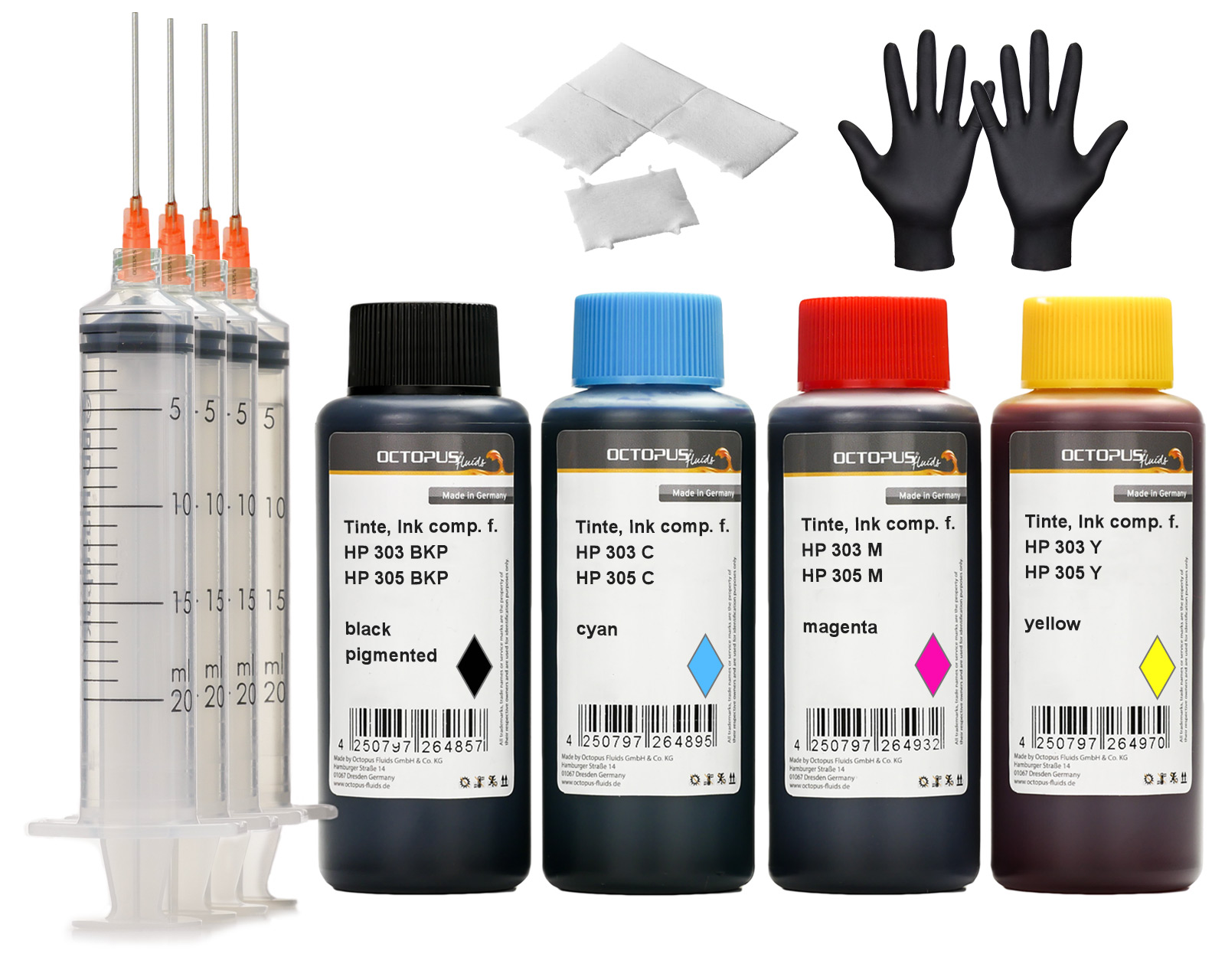 Refill ink set compatible for HP 303 and HP 305 Ink Cartridges, DeskJet, DeskJet Plus, Envy, Envy Pro
Refill ink set compatible for HP 303 and HP 305 Ink Cartridges, DeskJet, DeskJet Plus, Envy, Envy Pro
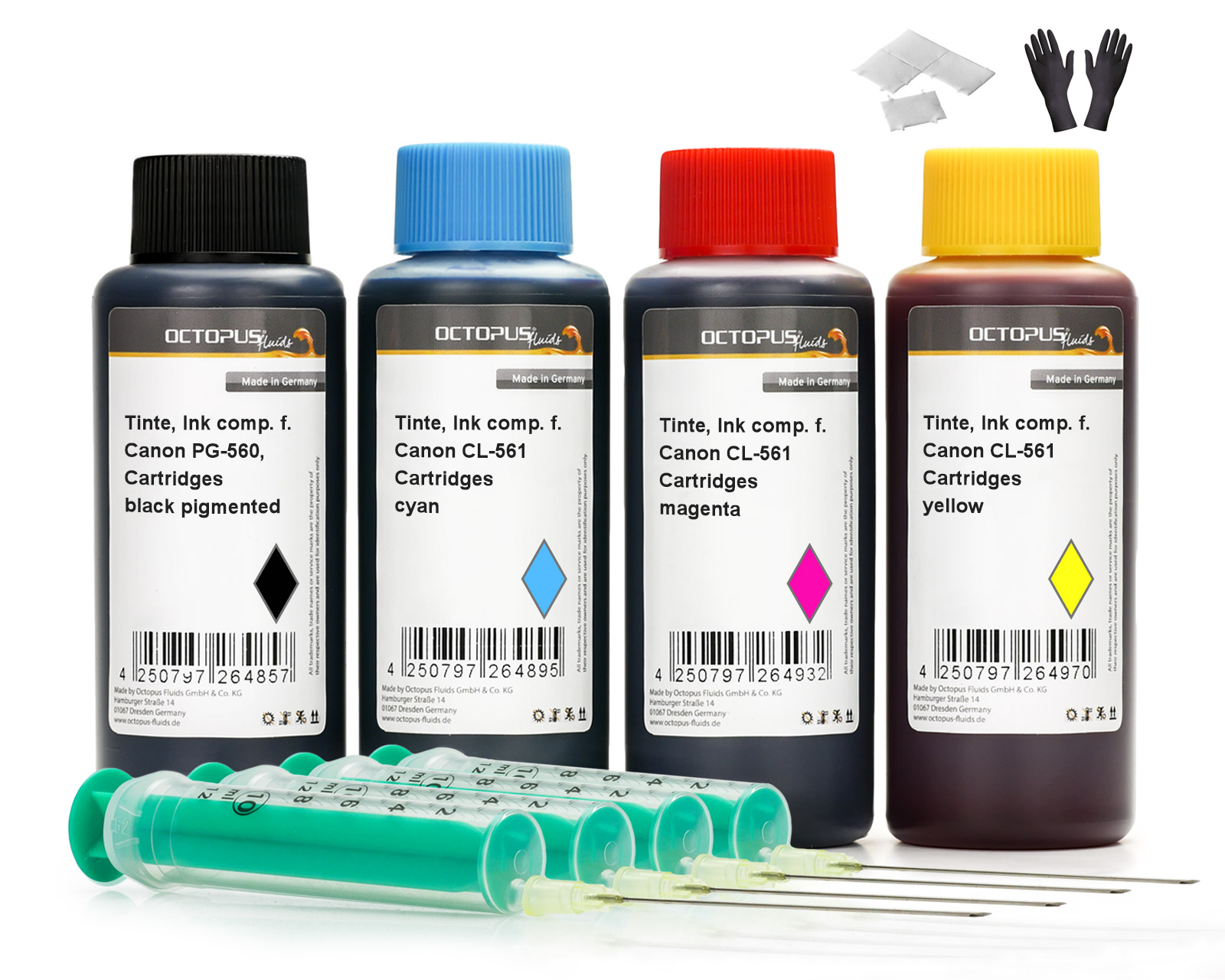 Octopus printer ink set compatible for Canon PG-560, CL-561 ink cartridges, Canon Pixma TS 5300, 7400
Octopus printer ink set compatible for Canon PG-560, CL-561 ink cartridges, Canon Pixma TS 5300, 7400
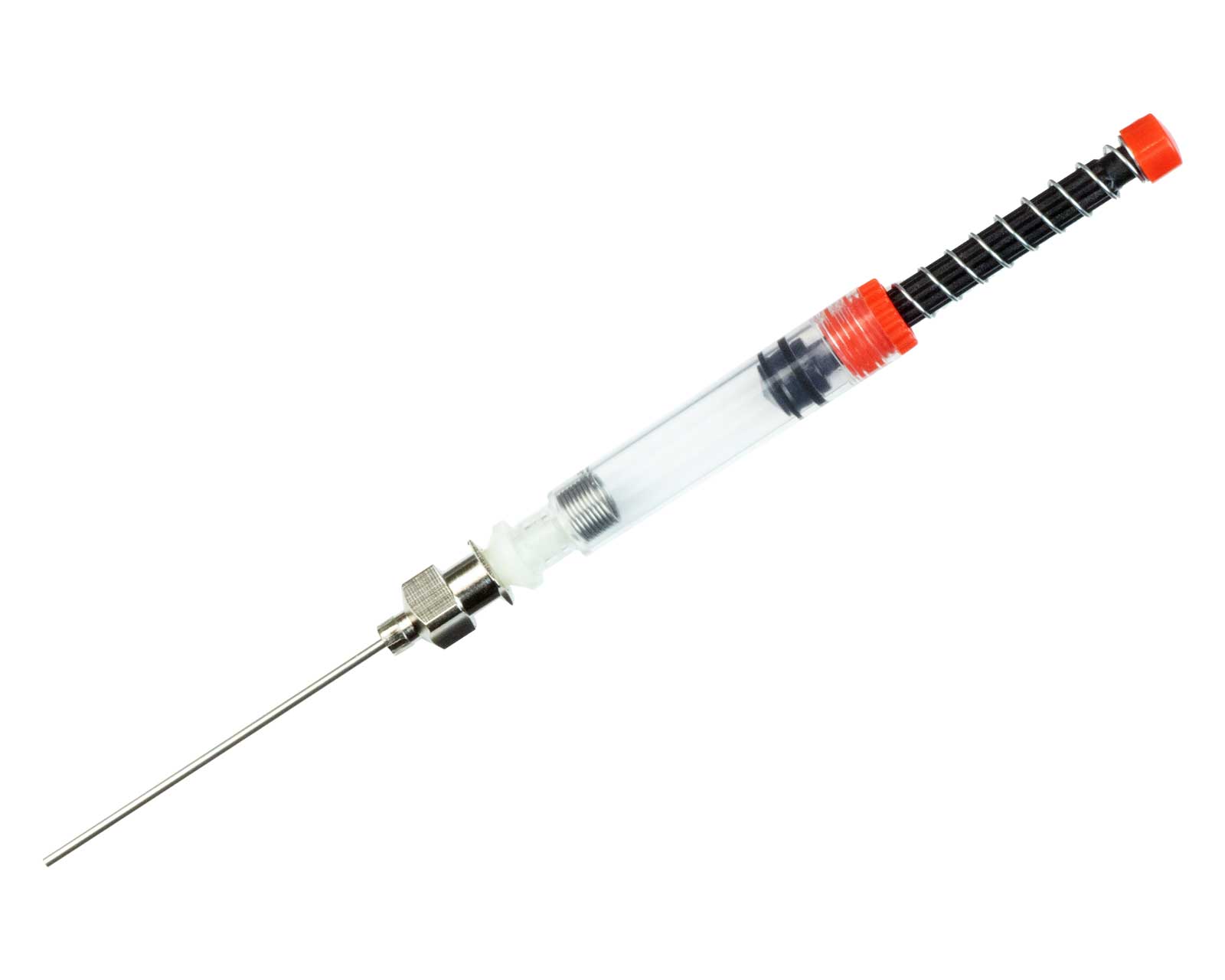 OCTOPUS ink absorber for refilling ink converter and fountain pen cartridge
OCTOPUS ink absorber for refilling ink converter and fountain pen cartridge
 Octopus sales display for presentation of 120 Alcohol Inks or 48 fountain pen inks
Octopus sales display for presentation of 120 Alcohol Inks or 48 fountain pen inks
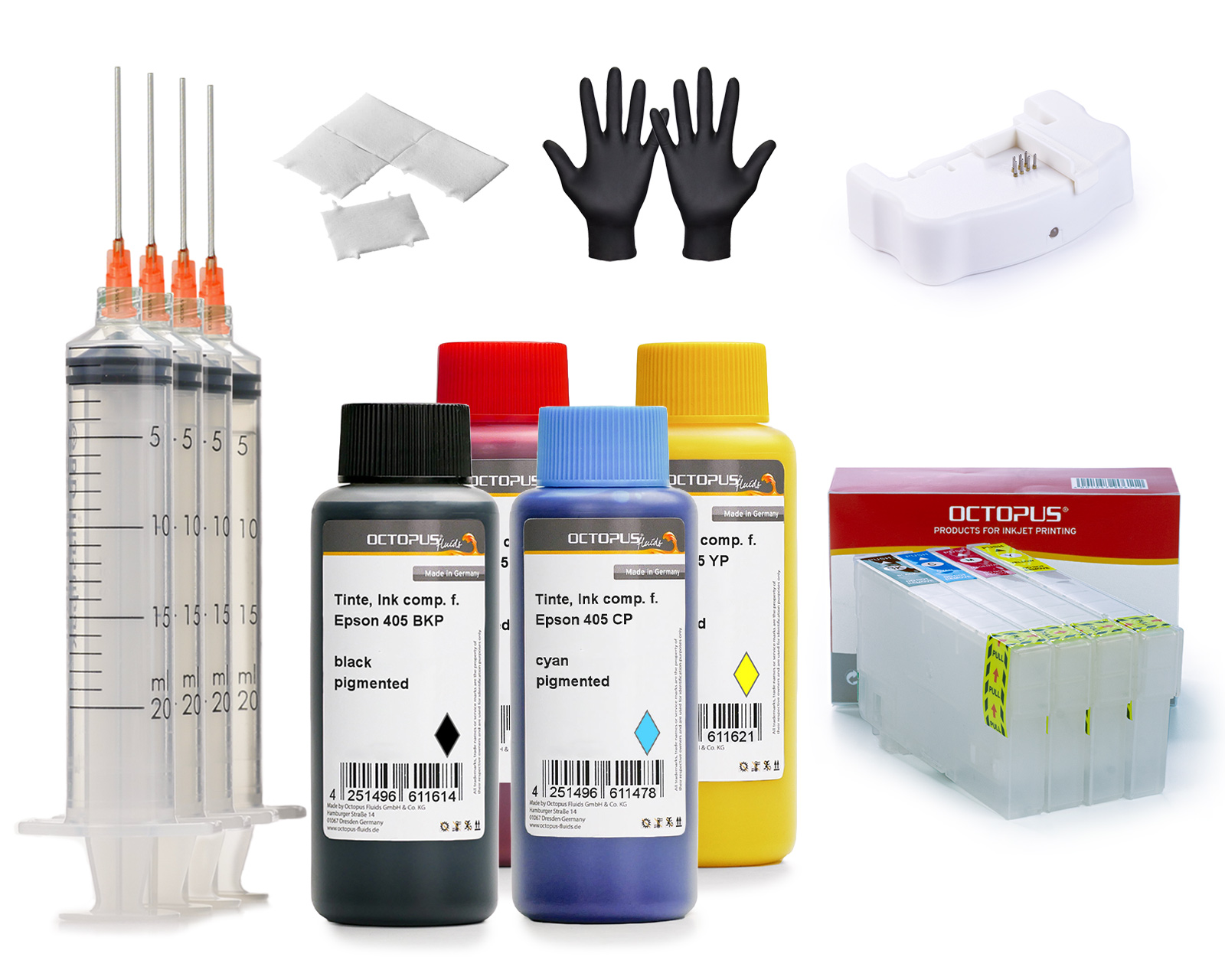 Fill In, QuickFill printer cartridges for Epson 405 with chip resetter and printer ink
Fill In, QuickFill printer cartridges for Epson 405 with chip resetter and printer ink
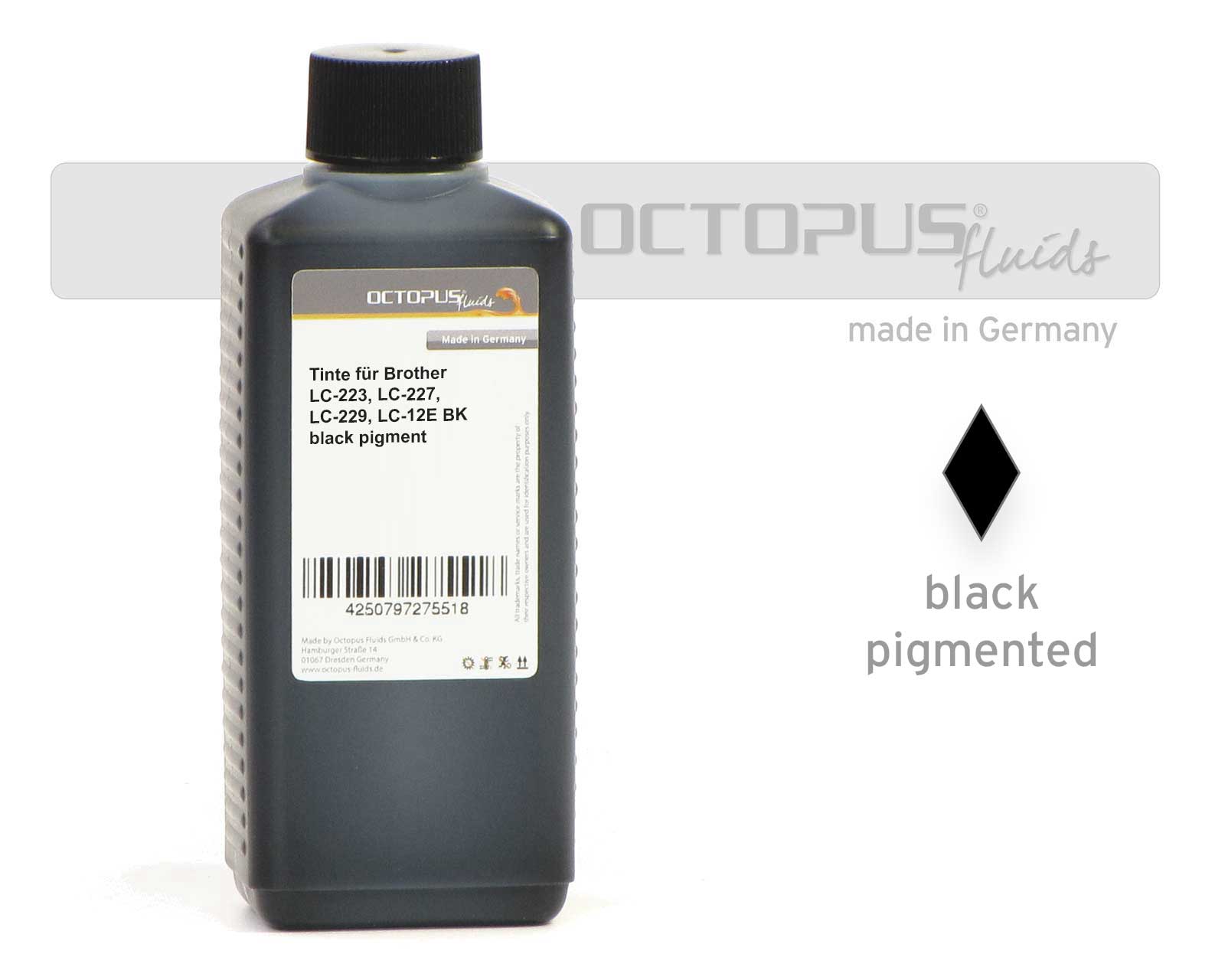 Refill ink comp. with Brother LC-223, LC-227, LC-229, LC-12E black pigmented
Refill ink comp. with Brother LC-223, LC-227, LC-229, LC-12E black pigmented
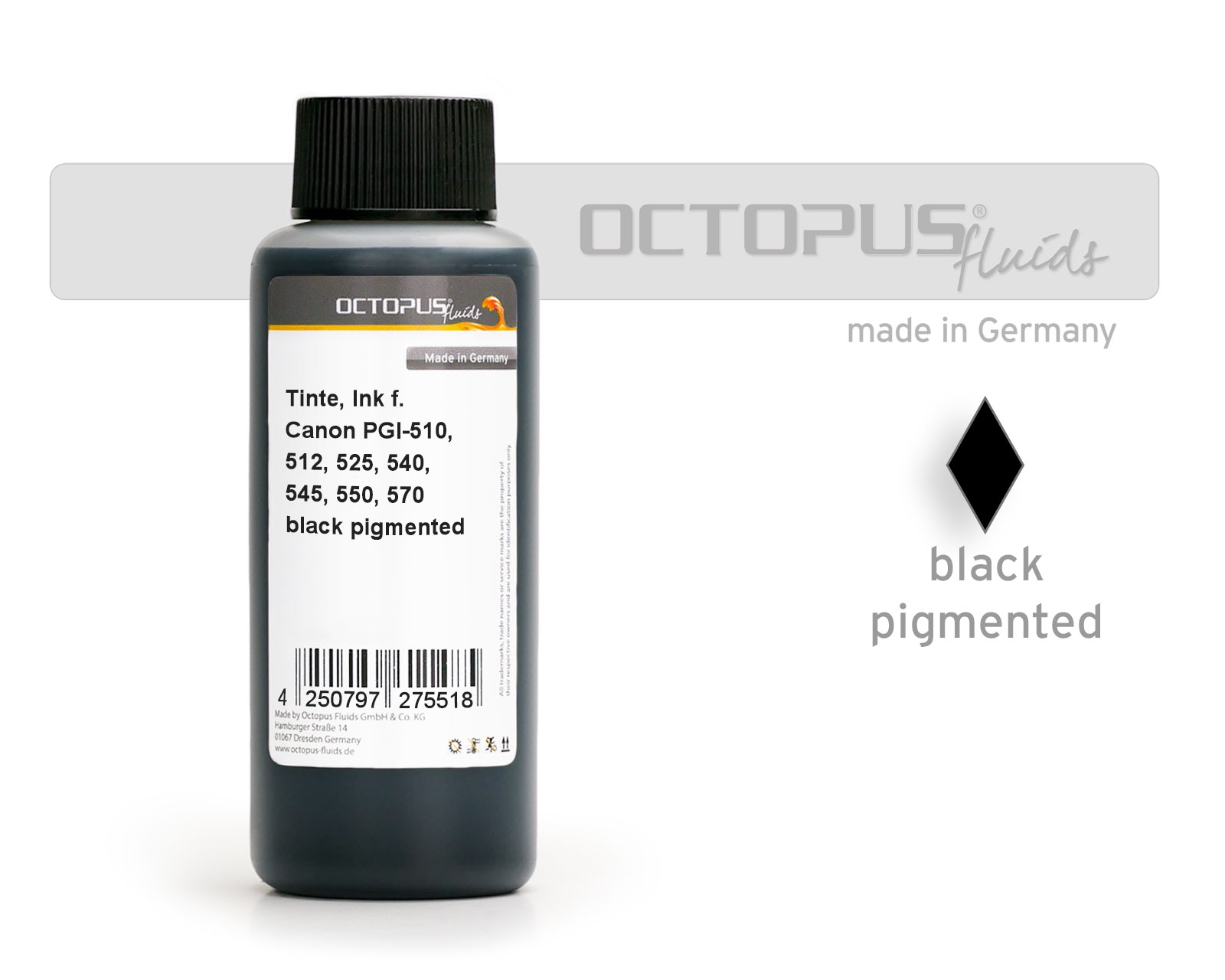 Ink for Canon PGI-525, 550, 555, 570, PG-540, 545, 510, 512 pigm. black
Ink for Canon PGI-525, 550, 555, 570, PG-540, 545, 510, 512 pigm. black
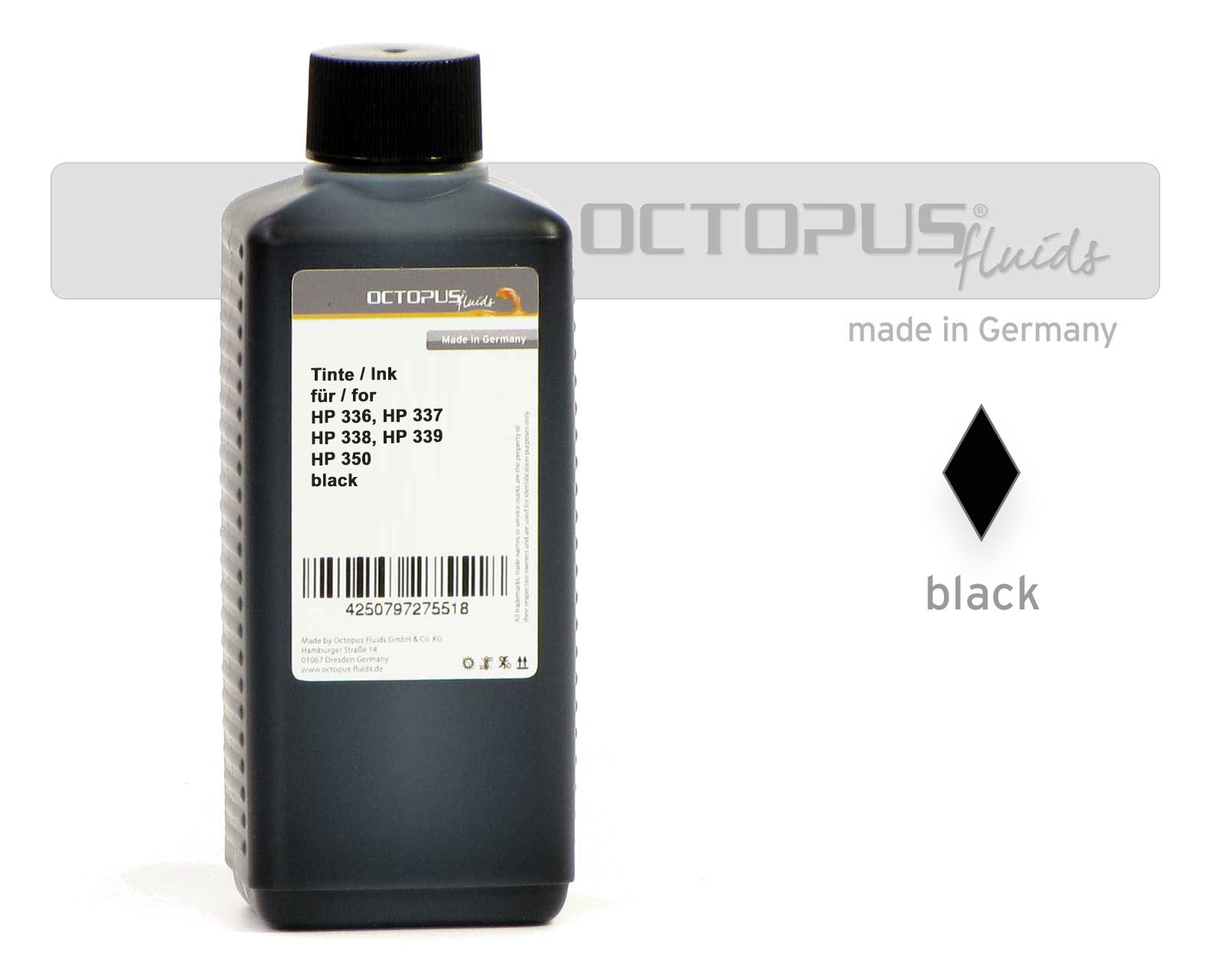 Refill ink compatible for HP 336, 337, 338, 339, 350, 350 XL pigmented black
Refill ink compatible for HP 336, 337, 338, 339, 350, 350 XL pigmented black







